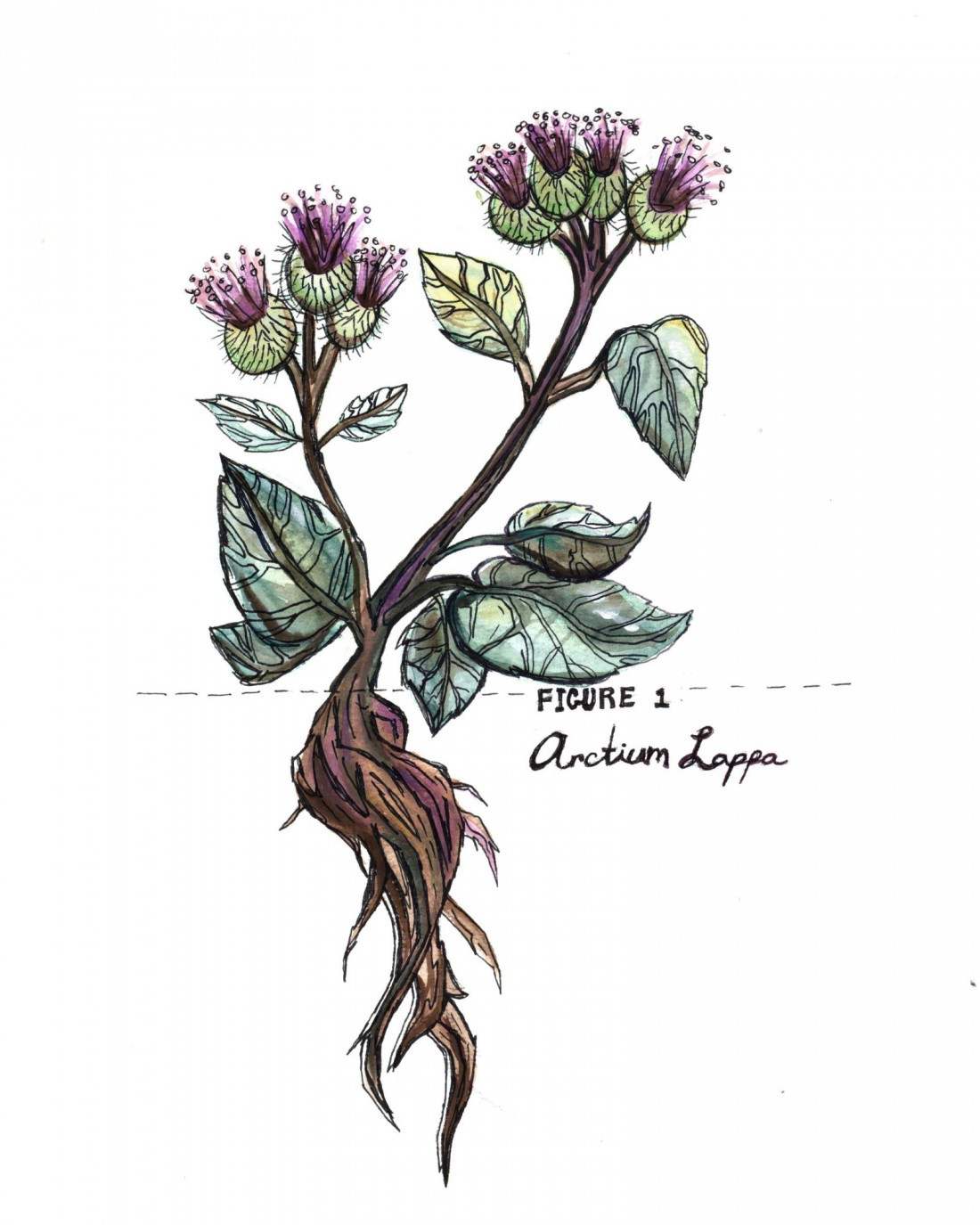Finding food
Tips for fall foraging
This fall, cut your food budget by foraging part of your grocery list.
Joel Penner learned how to identify plants as an artist creating botanical films. That led to him realizing that edible plants are growing in Winnipeg.
“We’re animals,” Penner says. Animals forage. And so, Penner incorporates plants he finds by the riverbank, on lawns and elsewhere in Winnipeg into his meals.
“You become more connected with the environment around you,” Penner says. When you go to the supermarket, there’s a disconnect between the purchaser and the means of production.
“The system of capitalism manifests itself in the city,” Penner says. “In general, cities are designed so you have to buy your food.”
And most people do indeed buy the food they eat, so, as Penner warns, the habit of foraging can lead to social alienation.
“When I’m walking around with other people, I like to pick plants and give them to them,” Penner says. This often results in strange looks from his friends.
That doesn’t stop him from doing it because it’s something that excites him.
Penner smiles as he says that stinging nettle is edible.
“I think that’s a really cool fact,” Penner says. Some of his other favourite edibles are purslane, cattails, salicornia and lambsquarters.
Penner warns that greens can become bitter in the fall, so it’s best to judge them on their taste in the spring and summer.
Laura Reeves, founder of Prairie Sky Botanicals, has been foraging her whole life.
She says fall is a good time for harvesting roots, such as of burdock and sweet cicely.
“After early July, it’s harder,” Reeves says. You can’t tell exactly when edibles like mushrooms or berries will be ready for eating.
“Right now, the acorns are going nuts,” Reeves says, adding that they can also be used to make flour.
“For me, it’s a way of life,” Reeves says. She goes out everyday and says it connects her to nature. Foraging makes people more aware of everything outdoors.
It’s also a way to connect with the community. Reeves says asking neighbours for the weeds they are pulling can bring people together. Researching the history of plants and learning if they are native or brought from overseas can teach people more about their home.
It’s also a good idea to understand the use of a public space before picking plants to eat. Knowing where dogs poop in a park and where they don’t is often a good idea, so Reeves recommends people observe public spaces before foraging.
Reeves says a good place to start learning about plants is in our own backyards.
“Almost every garden weed is edible,” Reeves says. She sees people pulling out lambsquarters to plant spinach, when the nutritional value of lambsquarters is higher than spinach.
Even public spaces, like all the green spaces at the University of Winnipeg, are full of edible plants, like dandelions and lambsquarters.
But Reeves warns that people shouldn’t try to learn everything at once. People should choose plants that are common near their home so that they can make the most use of them.
Published in Volume 70, Number 4 of The Uniter (October 1, 2015)







